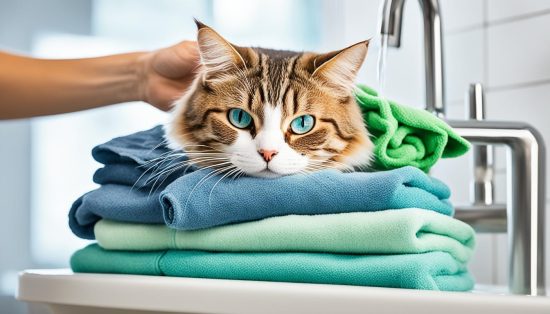How Many Toes Does a Cat Have? Discover the Answer!
Discover how many toes cats typically have on their front and back paws, and learn about polydactyl cats with extra toes – get the fascinating answer to “how many toes does a cat have”!
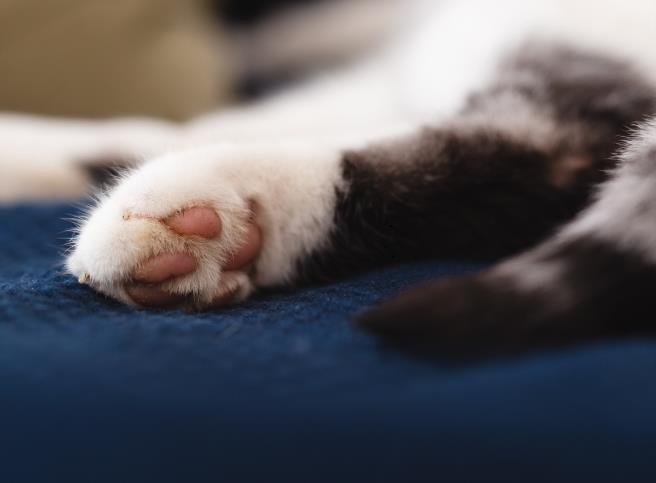
Did you know that the record for the most toes on a cat is an astonishing 28? That’s right, a Canadian tabby named Jake has a staggering 7 toes on each of his 4 paws, making him a true feline wonder. But what about the typical cat – how many toes does a cat have?, and why do some have more or less than the standard?
Most cats have 18 toes—5 toes on each front paw and 4 toes on each back paw. This includes the small, often clawless dewclaw higher up on the front paws. However, a genetic condition known as polydactyly can cause some cats to be born with more than the usual number of digits, with the front paws more commonly affected.
Polydactyly is a relatively common occurrence, especially in certain cat breeds like the Maine Coon. This harmless mutation can result in felines with anywhere from a few extra toes to an astounding 7 toes per paw. Understanding the fascinating world of polydactyl cats and their unique physical traits is sure to leave you captivated by the diversity of our feline friends.
The Fascinating World of Polydactyl Cats
Polydactyly is a congenital physical abnormality in cats that causes them to be born with more than the usual number of toes on some or all of their paws. This genetic condition, where cats can have a varying number of extra digits, is particularly prevalent in the Maine Coon breed compared to other feline breeds.
What is Polydactyly?
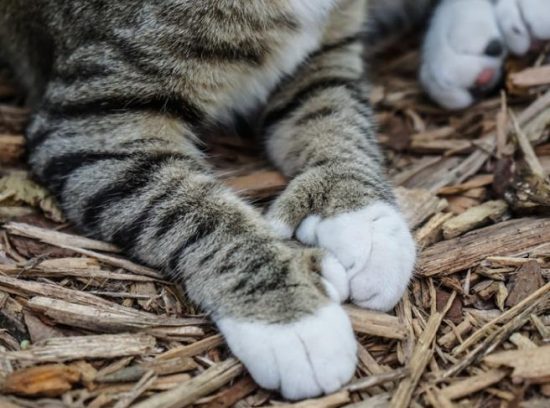
Polydactyly, which literally means “many digits” in Greek, is a dominant genetic mutation that can result in cats having additional toes, most commonly on their front paws. If even one parent cat carries the polydactyl gene, up to 50% of their offspring may also be born with this unique physical trait.
The genetic origins of polydactyly in cats can be traced back to a dominant mutation that is passed down from parent to offspring. This means that if a cat inherits the polydactyl gene from just one of its parents, it will exhibit the physical characteristic of having more than the standard 18 toes. The Maine Coon breed, in particular, is well known for its higher incidence of polydactyl cats compared to other feline breeds.
The Typical Number of Toes in Cats
The typical number of toes for a cat is 18 – 5 toes on each front paw and 4 toes on each back paw. This includes the dewclaw, which is the small, often clawless toe higher up on the front paws. Cats generally have this standard number of toes, with any more or less being considered a genetic abnormality.
While most normal cats have 18 toes, the number can vary due to a condition called polydactyly, which causes some cats to be born with extra toes. This genetic mutation can result in cats having a different number of toes than the typical 18. However, the standard for healthy, non-polydactyl cats is 5 toes on the front paws and 4 toes on the back paws.
How Many Toes Does a Cat Have?
While most cats have 18 toes, polydactyl cats can have a varying number of extra digits, with the front paws more commonly affected. The current Guinness World Record for the most toes on a cat is held by a Canadian tabby named Jake, who has an incredible 7 toes on each of his 4 paws, totaling 28 toes.
Another famous record-holding polydactyl cat is Paws, from Minnesota, who also has 7 toes per paw. These cats with the cat with most toes have captured the imagination of people around the world. Polydactyl cats don’t always have the same number of extra toes on each paw – some may have asymmetrical paw formations with a different number of toes on the left and right sides. This asymmetrical paw formations in polydactyl cats is an intriguing characteristic of this genetic condition.
The History and Lore of Polydactyl Cats
Polydactyl cats have a long and fascinating history. The condition is particularly prevalent in certain geographic areas, such as the northeastern United States, Canada, and southwest England and Wales. It’s believed that sailors often brought these unique felines with extra toes aboard ships, who valued the cats’ enhanced climbing abilities and rodent-hunting skills as assets for life at sea.
Ship Cats and Seafaring Traditions
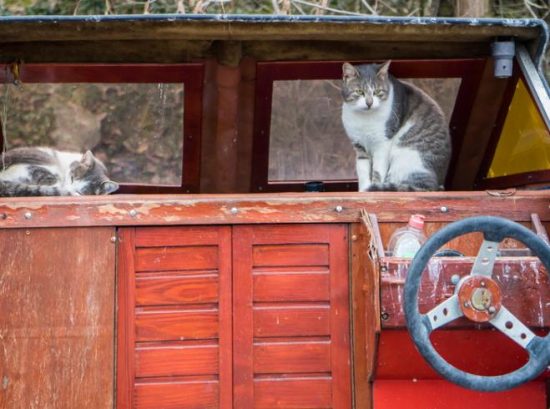
Polydactyl cats were even thought to bring good luck to ships, as their extra toes were seen as a sign of protection and prosperity by many superstitious sailors. The prevalence of polydactyl cats in coastal regions suggests that they were frequently transported on vessels, spreading the genetic mutation to new areas as ships traveled. This long-standing association between polydactyl cats and seafaring traditions continues to captivate historians and cat enthusiasts alike.
Ernest Hemingway’s Love for Polydactyl Cats
One famous polydactyl cat owner was renowned author Ernest Hemingway, who was gifted a polydactyl cat named Snowball by a ship’s captain. Hemingway became enamored with the breed, and today his former home in Key West, Florida is home to over 50 polydactyl cats, many of them descended from Snowball. Hemingway’s affection for these unique felines has cemented their place in literary and cultural history, solidifying the polydactyl cat as a beloved icon.
Breeds with a Higher Incidence of Polydactyly
While polydactyly can occur in cats of any breed, certain breeds are known to have a higher incidence of the genetic mutation. The Maine Coon, in particular, is a breed that historically has had a notable number of polydactyl cats. Other breeds that may be more prone to polydactyly include the Pixiebob. However, the condition is not exclusive to any one breed, and random-bred domestic cats can also be born with extra toes.
The prevalence of polydactyly in the Maine Coon breed is thought to be due to the breed’s origins in the northeastern United States and Canada, where the genetic mutation is more common. Polydactyl Maine Coon cats have been celebrated for their unique physical feature and have become a beloved part of the breed’s history and identity.
While certain breeds may have a higher rate of polydactyly, it’s important to note that the condition can arise in cats of any lineage. Responsible breeders and owners should be attentive to the health and well-being of all cats, regardless of their breed or the presence of any genetic abnormalities.
The Benefits and Challenges of Extra Toes
Having extra toes can provide some distinct advantages to polydactyl cats. The enhanced grip and balance that comes with additional digits can be particularly beneficial for cats living in rugged, outdoor environments. This extra stability and dexterity may make it easier for them to navigate challenging terrain and grasp prey more securely.
Enhanced Grip and Balance
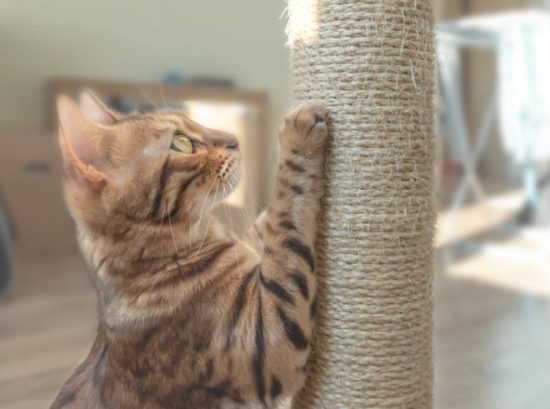
The benefits of extra toes in cats extend beyond just aesthetics. Polydactyl felines often exhibit improved climbing and jumping abilities, as the extra toes give them a more secure hold on surfaces. This can be advantageous for cats who need to traverse areas with limited footholds or who engage in high-intensity activities like hunting.
Nail Care and Paw Hygiene
However, the challenges of caring for polydactyl cats include the need for more attentive nail trimming and paw hygiene. With additional toes and claws, polydactyl cats require more frequent nail clippings to prevent overgrowth and potential issues like snagging or infection. Their paws also need to be inspected and cleaned regularly, as debris and dirt can accumulate in the extra spaces between the toes.
Overall, the extra toes that polydactyl cats possess are generally harmless, but they do require a bit of additional grooming and care to ensure the cat’s comfort and well-being. With proper attention to their unique needs, polydactyl cats can thrive and enjoy the benefits of their unique physical traits.
Caring for a Polydactyl Cat
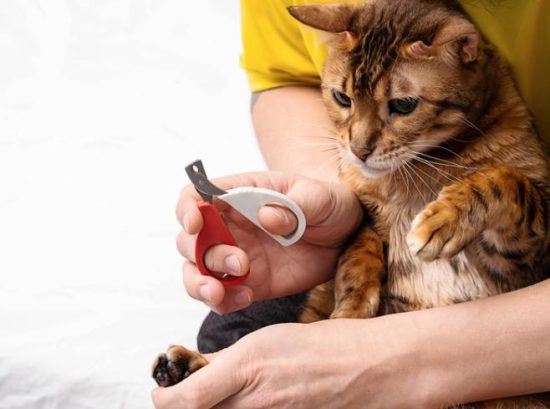
Caring for a polydactyl cat is similar to caring for a typical feline, but with a few key considerations. Because polydactyl cats have more nails, regular nail trimming is essential to prevent overgrowth and potential issues like snagging or infection. Owners should regularly trim their polydactyl cat’s nails to maintain their health and comfort. This extra grooming step helps avoid problems associated with extra toes, such as ingrown nails or snagging on furniture or fabrics.
In addition to regular nail trims, inspecting and cleaning a polydactyl cat’s paws is important. The extra spaces between toes can allow dirt, debris, and even litter to accumulate, potentially leading to irritation or infection if left unchecked. Owners should gently wipe their cat’s paws with a damp cloth as needed to keep them clean and healthy.
The Opposite of Polydactyly: Syndactyly
While polydactyly is the presence of extra toes, the opposite condition is known as syndactyly, where one or more of a cat’s toes are fused together. Also referred to as “split foot” or “lobster claw,” syndactyly is much rarer than syndactyly in cats, but also does not typically cause significant problems for affected felines. In some cases, the fused toes may lead to nails growing in unusual directions, which would require regular trimming. Overall, syndactyly, like polydactyly, is a harmless genetic abnormality in cats.
| Condition | Description | Prevalence | Impact on Cats |
|---|---|---|---|
| Polydactyly | Presence of extra toes | Relatively common, especially in breeds like Maine Coons | Generally harmless, may require additional nail trimming |
| Syndactyly | Fusion of one or more toes | Much rarer than polydactyly | Typically does not cause significant problems, may require occasional nail trimming |
FAQs on how many toes a cat has
Do cats have 5 or 6 toes?
Most cats have 18 toes in total – 5 toes on each front paw and 4 toes on each back paw. However, a genetic condition called polydactyly can cause some cats to be born with more than the typical number of toes.
Why do cats have 5 toes on the front and 4 on the back?
The typical number of toes for a cat is 18 – 5 toes on each front paw and 4 toes on each back paw. This includes the dewclaw, which is the small, often clawless toe higher up on the front paws.
What is a 6-toed cat called?
A cat with more than the standard number of toes is called a polydactyl cat. Polydactyly is a genetic condition that can cause cats to have a varying number of extra digits, most often on the front paws.
Do cats have 5 or 4 toes?
Cats typically have 5 toes on each front paw and 4 toes on each back paw, for a total of 18 toes.
Do cats have 28 toes?
While the typical cat has 18 toes, some cats can be born with a genetic condition called polydactyly that results in extra toes. The current Guinness World Record holder for the most toes on a cat is a tabby named Jake, who has 7 toes on each of his 4 paws, totaling 28 toes.



